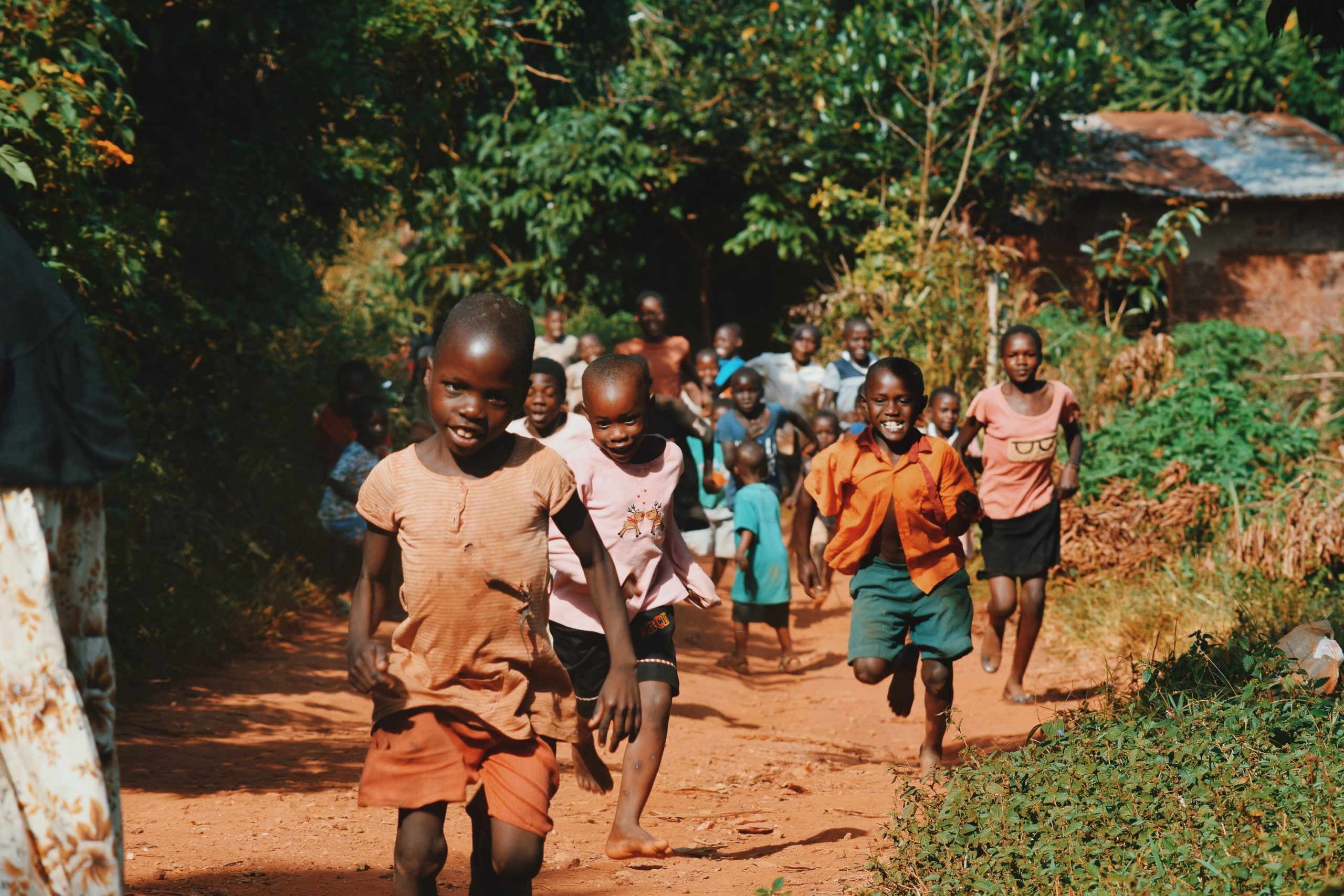Child poverty is a serious economic problem, affecting some countries more severely than others. Children’s physical health is adversely affected as well as their future prospects. Poverty in childhood also tends to become poverty in adulthood as it can .
The global community must make every effort to minimize the problem of child poverty in the world. Any step one takes to progress this worthy cause, including communicating it to others. After all, an idea may have value, but its value diminishes when one can’t articulate it to another.
What Suggestions Would You Make for Improving Current Policies Around Child Poverty?
Over the past five centuries, the government has established policies that have significantly reduced child poverty. Nonetheless, child poverty remains a persistent challenge. It is estimated that over 10 million children in America live in poverty (Shapiro et al. 2). Nevertheless, the government should review and consider maintaining some of the current policies to address this recurring problem, because they have proven to be effective to a certain extent. The policies that should be targeted to reduce the persistently high number of poor children in the country include the earned income tax credit, child care subsidies, and changing federal minimum wage.
AMENDMENT OF THE EARNED INCOME TAX CREDIT (EITC)
The EITC is described as a refundable federal tax credit that is provided for low and moderate-income earners in America. It was established in 1975 to encourage single parents to continue working to reduce poverty in the country (National Academies of Sciences, Engineering, and Medicine (NASEM) et al. 138). According to the NASEM et al. (138), without establishing the EITC program, the child poverty rate would have been 5.9% higher than the current level. Although the program has been relatively successful, there is room for improvement. First, increasing payments along with the phase-in and flat portion of the schedule would lead to a higher phase-in rate. As a result, the increment would create a plateau where credit is not raised with higher incomes. The second method would involve increasing the wages in the entire EITC schedule by 40% and maintaining the existing range of the phase-out region (NASEM et al. 138). This strategy would encourage people in the employment age to be interested in working, which would eventually reduce child poverty.
PROVISION OF CHILD CARE SUBSIDIES
Child care expenses are common barriers to employment for parents and guardians in the low-income bracket. In America, the approximate child care expense for children under five years is around $8,600 per annum (NASEM et al. 137). This amount limits parents from seeking employment. Therefore, expanding the access to cash and non-cash child care subsidies for low-income parents with children below 13 years of age would reduce child poverty as guardians will afford the child care expenses. Furthermore, expansion of eligibility to childcare subsidies would be essential in reducing poverty (The Urban Institute 59). Again, the improved policy should include families whose breadwinners’ incomes are below 150% of the federal poverty guidelines (The Urban Institute 60). It is in this perspective that the acquisition of child care subsidies would further reduce child poverty.
CHANGING THE FEDERAL MINIMUM WAGE
Poverty has serious long-term effects on children. It not only affects their health and development but also exposes them to poverty in adulthood. The current federal poverty measure is outdated because about 21 states in the U.S.A. have never implemented state-level minimum wage raises consistent with economic growth (Haider par. 6). It means that children from low-income households do not have access to adequate basic needs. Haider (par. 5) notes that if the minimum wage were increased proportionately to reflect economic productivity and growth, about 4 million children would not be living in poverty. Adequate, regular earnings would empower parents to meet their children’s needs. Therefore, increasing wage levels would improve the living standards of millions of American children living in poverty.
CONCLUSION
Child poverty remains a persistent challenge in America despite numerous efforts to eradicate it. As a result, children live with guardians who earn below the federal minimum wage, affecting their acquisition of health care services, proper housing, and education. Modifying the current EITC, increasing the amount and eligibility of child care subsidies, and raising the federal minimum wage proportionately to reflect economic productivity would significantly reduce child poverty in America.
Works Cited
Haider, Areeba. “Building an Economy that Supports All Children Requires Raising the Minimum Wage.” Center for American Progress, 2021, https://www.americanprogress.org/issues/poverty/news/2021/02/25/496399/building-economy-supports-children-requires-raising-minimum-wage/.
National Academies of Sciences, Engineering, and Medicine et al. A Roadmap to Reducing Child Poverty. National Academies Press, 2019.
Shapiro, Isaac, and Danilo Trisi. “Child poverty falls to record low, comprehensive measure shows stronger government policies account for long-term improvement.” Washington: Center on Budget and Policy Priorities. https://www. cbpp. org/sites/default/files/atoms/files/10-5-17pov. pdf (2017).
The Urban Institute. “Reducing Child Poverty In The US: An Updated Analysis of Policies Proposed by the Children’s Defense Fund”. Urban.Org, 2019, https://www.urban.org/sites/default/files/publication/100181/reducing_child_poverty_in_the_us_an_updated_analysis_0.pdf.
Creative Topic Ideas for Essay about Child Poverty 2023
Choose a topic that inspires you, create a call and make it your central thesis, and try to convince at least one reader of the value of your proposition. Anyone can make a difference.
- Effects of Poverty on a Child’s Education and Behavior
- USA and India: Comparing Child Poverty
- The Impact of Poverty on a Child’s Future
- A Deep Dive into the Cycle of Child Poverty and its Impact on Education
- Child Poverty: An Examination of Social Policies and Possible Solutions
- The Specter of Inherited Disparity – The Long-Term Effect of Child Poverty on Adult Outcomes
- Effects of Poverty on Children’s Development and Learning
- Shattering Glass Walls: The Hidden Crisis of Childhood Hunger in Wealthy Nations
- African American Children’s Literacy Rates and its Correspondence with Economic Distress
- When Did Child Poverty Become So Widespread?
- Understanding and Undermining Structural Factors Contributing to Child Poverty
Photo by Seth Doyle from Pixabay

Leave a Reply